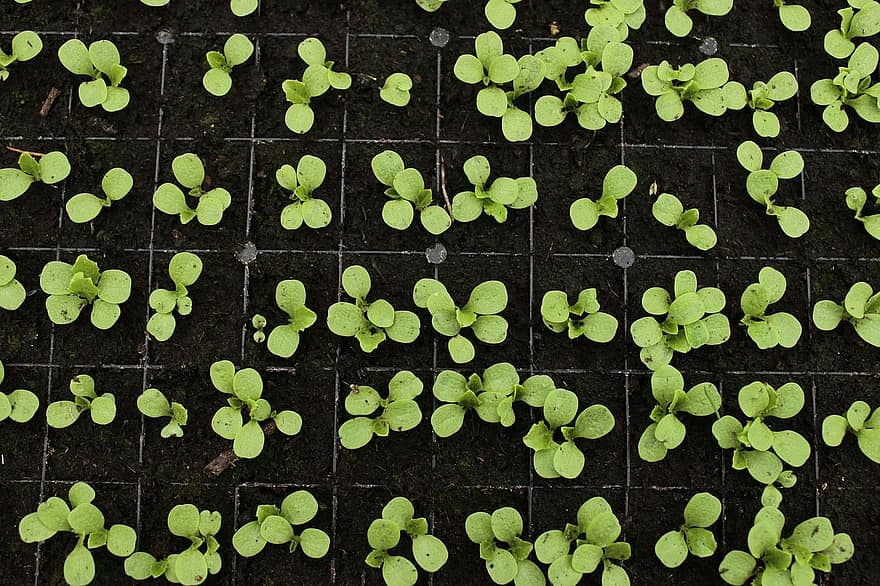If you’re worried when it is safe to start growing seeds in a greenhouse, mark your calendar and sow six weeks before the last frost date. Depending on your region, you can even start growing vegetables as early as February. Knowing your state’s hardiness zone will also be a huge help to identify the conditions and frost dates more accurately.
One of the things that newbie gardeners must learn is how to start growing plants in a greenhouse. You can start with seeds or transplants, and if you choose seeds, you must ensure that they won’t experience harsh conditions. After all, environmental conditions heavily influence the germination of your plants.

When Is It Safe To Start Growing Seeds In Greenhouse For Success
Frost dates
It is safe to start growing seeds in the greenhouse six weeks before the last frost date. How do you identify the last frost date? The hardiness zone of your state will help you know when to expect it. You can even see when the expected first frost date is for more natural planning of the greenhouse’s growing season.
You must be thinking about why you can’t start your seeds too early. After all, you’re using a greenhouse anyway, and its main advantage over outdoor cultivation is control of temperature and humidity. While that is true and those two factors are influential in planting growth, remember that you are starting with seeds.
You can start seeds in the greenhouse anytime, but assuming that you will later transplant them, it’s best to launch six to eight weeks before the last frost date. It would help if you also remembered the light conditions in the greenhouse, which affects the time you can start growing seeds. For example, you have to wait until the middle of February because of the low light during winter if you’re in the northern US.
Temperatures and seasons
Another reason why you need to grow seeds before the last frost date is to ensure that the temperatures in the greenhouse for seed germination are optimal. The University of New Hampshire mentioned that the best temperatures to ensure germination is from 65° to 75°F. However, remember that different plants also vary in their optimal germination temperatures.
The season is also crucial for the greenhouse. Remember that because of its design, it can get freezing at night. In this case, it’s ideal to use a seedling heat mat to warm the soil consistently. Putting the factors mentioned altogether, most gardeners opt to plant in early spring.
How To Grow Seeds In Greenhouse
Before you start sowing, you need to check if there are specific instructions for the seeds beforehand. For example, some seeds require overnight soaking, scarification, or stratification. Then, you can use open flat trays or individual plug trays in the greenhouse.
Growing seeds in open flat trays and single-cell trays have different steps. For the former, you want to plan the spacing of the seeds so that it’ll be easy to thin the plants later on. Afterward, transplant the seedlings into individual pots when they produce their first set of true leaves.
If you opt to plant one or two seeds per cell, you can keep them in the tray for longer. This is because you don’t have to worry about the plants not having enough space for their roots. Still, you can transplant your seedlings later on when needed.
Would you need to buy a special seed starting mix for the greenhouse? The good news is that you can create your potting mix using peat moss, perlite, and compost. Be aware of the proper ratio between them and sterilize your potting medium to prevent diseases.
Other Factors To Consider When Growing Seeds In Greenhouse
Besides the frost date, temperature, seasons, and light, water and oxygen also influence the seeds’ growth in the greenhouse. Remember, seeds won’t germinate without water, and as the seeds germinate, the need for oxygen also increases. In the greenhouse, you can ensure that you can meet these requirements.
For water, it’s crucial not to give too much or too little. Too much water causes rot, and too little water can kill embryos. Instead, aim to provide continuous germination by misting the seeds and covering them with peat moss to prevent drying.
The seeds respire, and this increases as they undergo germination. To meet the rising need for oxygen, you need to ensure that the media you’re using drains well. The mix shouldn’t be too heavy nor wet.
Conclusion
Sowing seeds should not be intimidating for a newbie gardener, primarily through the help of the greenhouse. However, you must know when it is safe to start growing seeds in the greenhouse. In general, it’s better to sow six weeks before the last frost date because seeds are more sensitive to harsh conditions.
This is why it’s worth planning your growing season by checking your frost date using your state’s growing zone. Since you’re growing in the greenhouse, it also puts you in the advantage of adjusting the ideal temperatures to ensure germination. Afterward, follow the growing guidelines given by university extensions to guarantee that your seeds will thrive.
